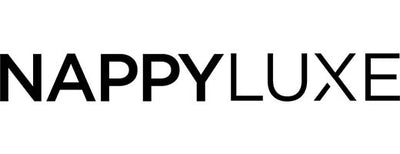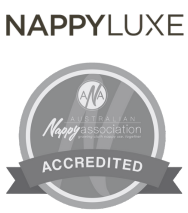Dr Amanda Hansson
"One of the greatest threats our planet faces today is the consumption of non-renewable resources at rates not considered sustainable. Disposable diapers contribute significantly and makeup 2% of all waste in landfills in the US, for example. However, it doesn't have to be this way. Reusable products, such as cloth nappies, can have significant benefits to the environment and tend to be cheaper at the same time. Swapping to reusable cloth nappies is a win-win situation."























